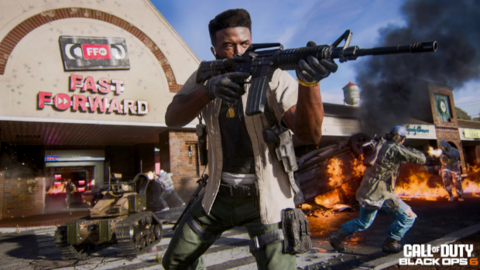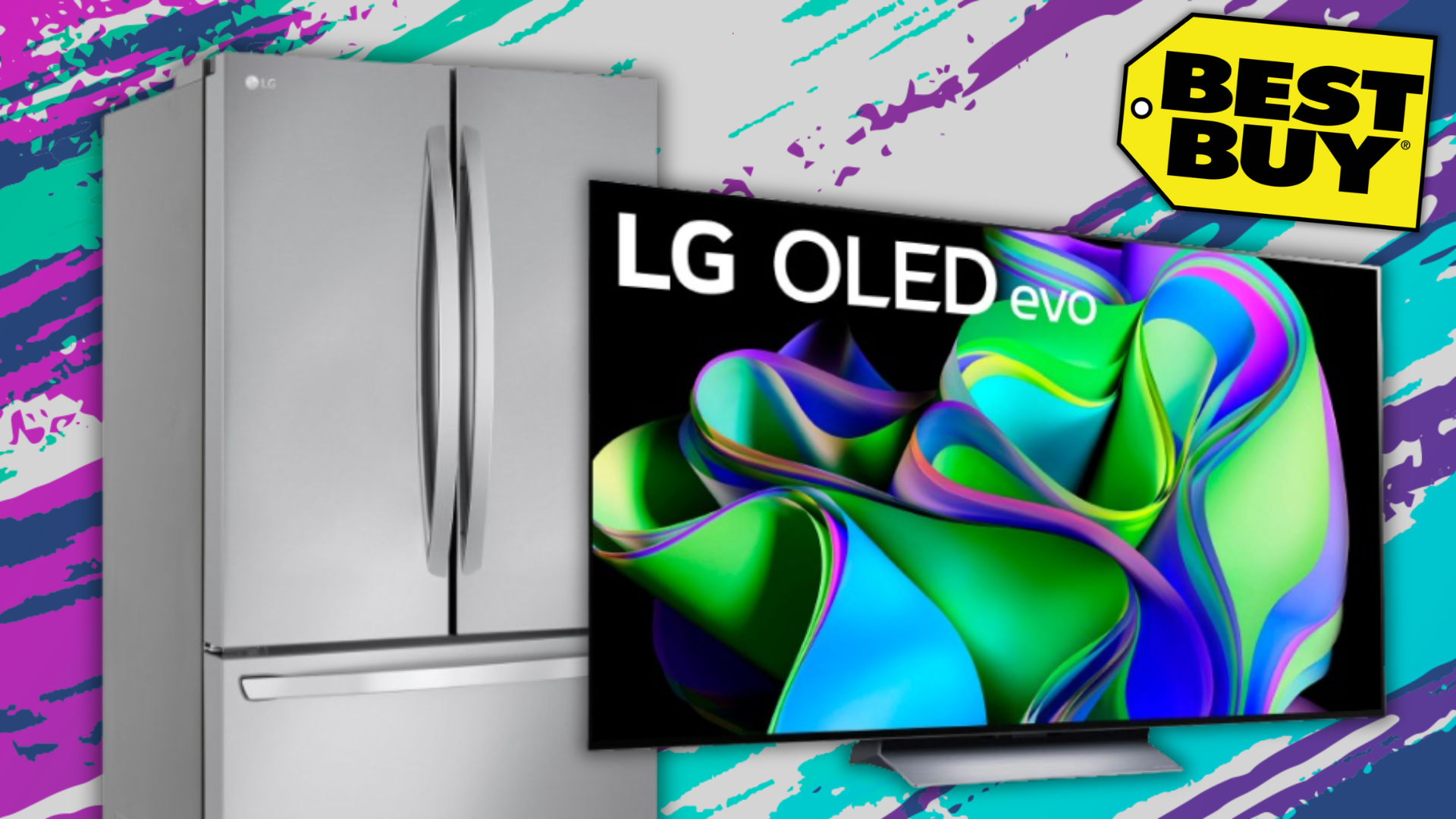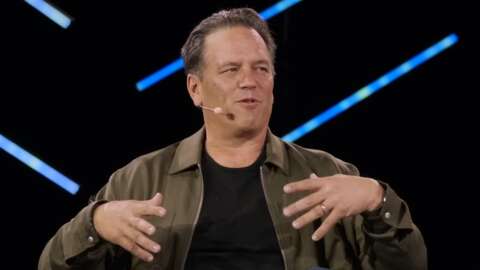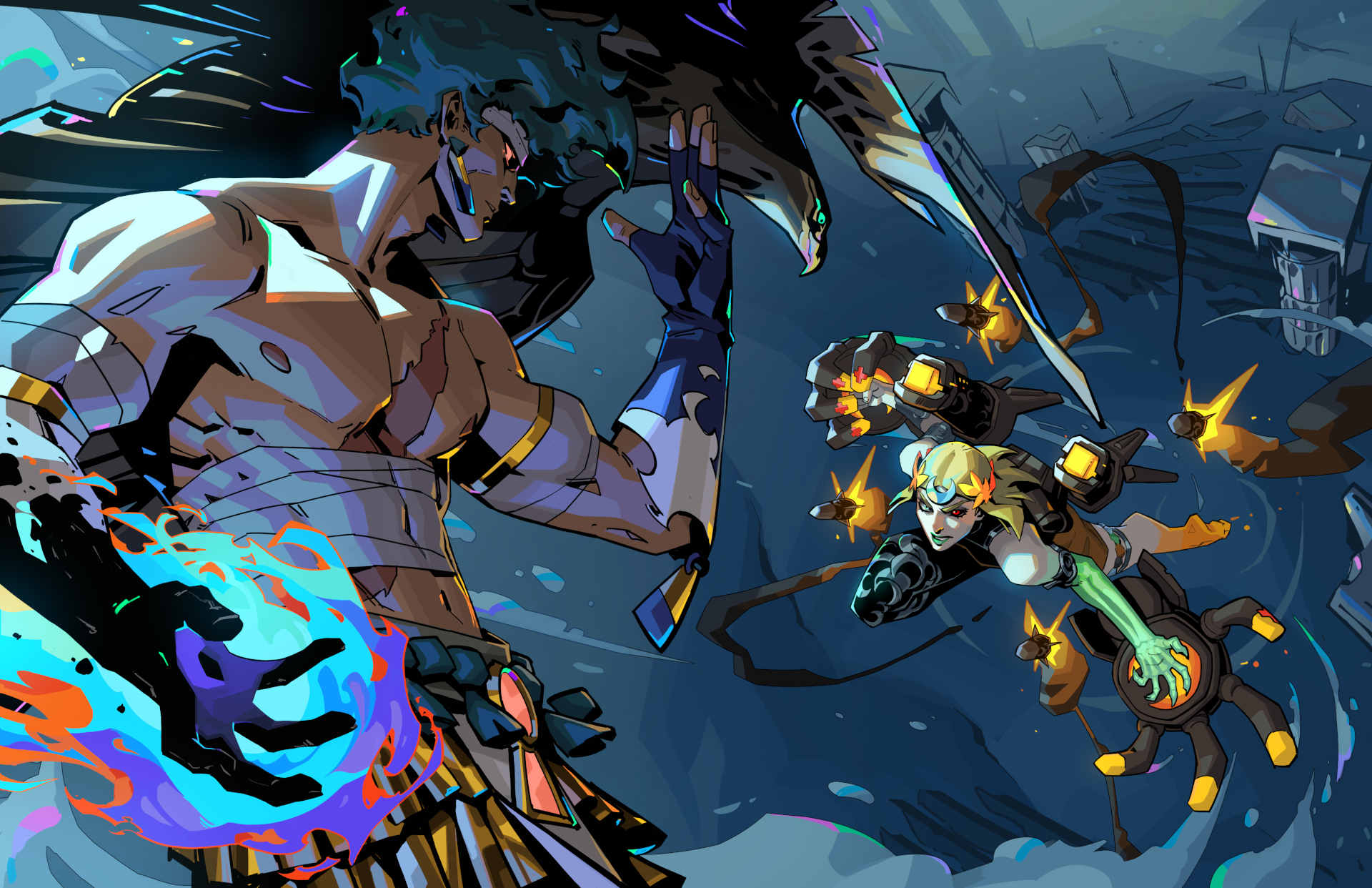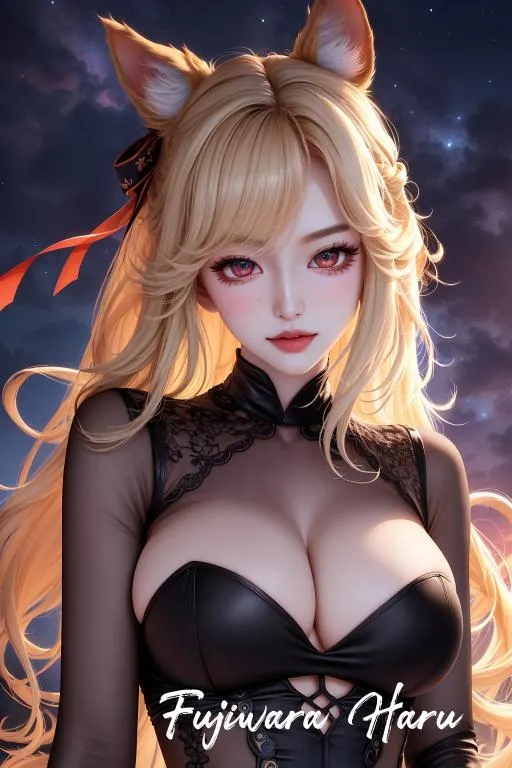The Walt Disney Company has made great gains in entertainment in the last 100 years — in terms of its spellbinding storytelling techniques, the theme parks it runs on both ends of the U.S. and abroad, and its relationships with other media companies. The House of Mouse has done a better job in the latter department since, in addition to producing and distributing movies from its in-house studios, it also owns major television networks and other production studios that enable it to produce other forms of content, including TV shows, music, and radio.
In the last 15 years, however, we’ve been watching Disney get its white-gloved hands on some of the best media franchises from Marvel to Star Wars. We may think that Disney owns every company under the sun, but it doesn’t own absolutely everything. In fact, its monopolizing tendencies go back to the 1950s, and it’s just getting started. Here’s every company that Disney owns. Or, as Homer Simpson would say, “Every company Disney owns so far.”
ABC and ESPN

If you grew up in the ‘90s, you may have seen advertisements for ABC’s The Wonderful World of Disney in the VHS tapes of some classic Disney movies, such as Sleeping Beauty and Mary Poppins. That Sunday night block is possible thanks to a merger between Disney and ABC, whose relationship hearkens back to the 1950s, when Walt Disney himself was still alive.
In 1954, ABC invested $500,000 into Disneyland, plus $4.5 million in loans, rendering the broadcasting company one-third owner of the Anaheim-based theme park. Six years later, Disney bought back ABC’s investment in the park to the tune of $7.5 million. Their friendship was so strong, Disney announced in July, 1995 that it would acquire ABC, only for the merger to be completed in February, 1996.
Thanks to the merger, Disney owns 80% of the sports network ESPN, while the remainder is owned by Hearst Communications. The company also owns untold percentages of other networks under ABC’s umbrella, including ABC Radio, A&E, The History Channel, and Lifetime. Disney’s ownership of the latter network explains why the Toni Braxton biopic, Unbreak My Heart, is on Disney+.
Pixar

Disney and Pixar have been collaborating on CGI animated projects since 1995’s Toy Story, but Pixar didn’t get acquired by Disney until 2006. However, the story behind this acquisition is not without its fair share of drama.
From the late ‘90s to the early 2000s, Pixar CEO Steve Jobs and Disney CEO Michael Eisner got into heated disagreements over everything from the production and distribution of Toy Story 2, which was originally intended to go straight to DVD only to be released in theaters instead, to control over films that were in production at the time, including The Incredibles and Cars. It was so bad they stopped negotiations in 2004, with Disney forming the short-lived Seven Circle Animation and Pixar seeking out partners other than Disney.
In September 2005, Eisner stepped down as CEO of Disney after receiving a 45% no-confidence vote from shareholders, and Bob Iger took the helm, mending fences between Disney and Pixar as his first order of business. Meanwhile, Jobs announced that Pixar films will release its films during the early summer months instead of in November as Disney mandated, causing the release date for Cars to be pushed from November 4, 2005 to June 9, 2006. The film’s delay proved to be beneficial for the Disney-Pixar merger, as Disney bought the studio for $7.4 billion on January 24, 2006, in an all-stock deal, and the acquisition was finalized on May 5, 2006 — enough time to see how things would play out between the two companies.
Marvel Entertainment

In 2009, Disney bought the superhero comic book behemoth for $9 billion after the release of Iron Man and The Incredible Hulk (the one with Edward Norton) — two films that kicked off the Marvel Cinematic Universe. With this jaw-dropping purchase (at the time, anyway), Disney not only owns Marvel Studios but also nearly every single character and IP under its roof. We say “nearly” because Fox still owns the license to X-Men, but that’s another story for another.
After Disney completed its acquisition of Marvel, merchandise based on The Hulk, Spider-Man, Captain America, Iron Man, and all the other heroes showed up in every Disney Store (RIP), and the Marvel Cinematic Universe became the highest-grossing film franchise of all time thanks to high-quality graphics and advanced special effects. Thanos’ snap in Avengers: Infinity War was worth every meme.
Lucasfilm

Disney buying Lucasfilm was equally shocking and unsurprising, depending on who you ask. The House of Mouse bought George Lucas’ company in October 2012 for $4 billion — the same amount it used to buy Marvel — giving Disney ownership over Star Wars and Indiana Jones.
At the time of this acquisition, Star Wars Episode VII: The Force Awakens was already in the works, and fans were shocked that Disney managed to get its hands on Star Wars, let alone every other IP under Lucasfilm. But the shock subsided when then-68-year-old George Lucas, who got 40 million Disney shares from the buyout, expressed his desire to retire from filmmaking save for serving as a creative consultant. “For the past 35 years, one of my greatest pleasures has been to see Star Wars passed from one generation to the next," Lucas said at the time. "It's now time for me to pass Star Wars on to a new generation of filmmakers.”
The acquisition of Lucasfilm granted Disney ownership of not only its production company, but also game publisher LucasArts (which shut down in 2013 and was resurrected as Lucasfilm Games in 2021), the special effects company Industrial Light and Magic (ILM), and sound effects house Skywalker Sound. The recent Star Wars films were better for it.
21st Century Fox

As if its pockets weren’t deep enough, 21st Century Fox was the most expensive company Disney ever bought. In December 2017, the Mouse House announced its acquisition of Fox’s entertainment division for $71.3 billion with the purchase going through in March 2019.
Disney’s acquisition of 21st Century Fox occurred because Iger had the idea of doing so after gaining control of streaming company BAMTech with the intention of developing its own streaming service, which would later become Disney+. The company was more interested in buying Fox’s film and television libraries for them to live alongside Disney’s own media libraries on the streaming platform, so it made a deal with Rupert Murdoch to buy them, as Fox itself was looking to offload its entertainment assets anyway.
The acquisition of 21st Century Fox included 20th Century Fox, 20th Century Fox Television Productions, Fox Television Animation, Blue Sky Studios (which shut down in 2021 due to economic difficulties arising from the COVID-19 pandemic), Fox 2000, Fox Searchlight, FX, FXX, as well as every TV and film properties Fox owned, including X-Men, Deadpool, Fantastic Four, The Simpsons, Family Guy, and Anastasia (which should make the character an honorary Disney Princess since it the film was animated by former Disney animator Don Bluth).
Disney also got a 30% minority stake in Hulu and a 73% majority stake in National Geographic Partners, which explains why you see nature documentaries on Disney+. Speaking of Hulu, Disney’s acquisition of 21st Century Fox granted the company a controlling 60% ownership in the streaming platform, which already houses programs from ABC and Freeform (formerly ABC Family), while NBCUniversal parent company Comcast still retains minority ownership of it.
Hollywood Records

Hollywood Records is a record label Disney founded in December, 1989 and rendered a subsidiary of Disney Music Group. Then CEO Eisner founded the label with the focus of promoting the careers of artists in pop, rock, hip-hop, R&B, alternative, and other genres that are otherwise too mature for the family-friendly Walt Disney Records label (which the Kingdom Hearts soundtracks are licensed under).
In February, 1990, shortly after Hollywood Records was founded, Disney acquired the entire music catalog of Queen for $10 million and released the band’s first album under the label, Innuendo, a year later. Despite the company’s concerns about the negative economic impact Freddie Mercury’s death from AIDS would have on the record label, it managed to make $94 million in revenue from Queen’s catalog sales between 1991 and 1995.
Over the next decade, Hollywood Records signed record deals with artists who also happened to be Disney Channel stars, including Hilary Duff, Raven-Symoné, Miley Cyrus, Selena Gomez, Jesse McCartney, Demi Lovato, and Zendaya — most of whom currently lead successful music and acting careers outside of Disney. However, some of them shed their Disney star image to the shock of some people.
Steamboat Ventures

Steamboat Ventures is the venture capitalist arm of The Walt Disney Company that was founded in 2000 by John Ball, who ran Disney’s corporate development group prior to its founding, and pays homage to Mickey Mouse’s debut animated short, Steamboat Willie. Part of why this company is so obscure is that no one knows who owns the company other than Disney; however, their mission is to “help young companies successfully face the challenges of becoming leaders in their markets. We invest in early through growth stage companies that are pursuing opportunities at the intersection of technology, media, and consumer sectors.”
Since its founding, Steamboat Ventures has invested in 30 companies in the U.S. and abroad, including GoPro and Photobucket. Disney actually invested $427 million into the former company before it went public over a decade ago. Extreme sports athletes and content creators who use GoPro cameras for their videos have Disney to thank for the investment.
A&E Networks

On the surface, the reality TV shows and documentaries on A&E, like Duck Dynasty, The First 48, and Storage Wars, don’t appear to be the type of programs Disney would produce. That’s true, because most of the shows, if not all, are too crude to be considered Disney shows in the first place. However, Disney does own a share of the revenue the network makes for each program.
A&E (which stands for Arts & Entertainment, for those who are curious) came under Disney’s ownership after Comcast divested 15.8% of its stake in the network in 2012 by way of a stock buyback. As a result, the company has been a 50-50 owner of A&E with Hearst.
Vice Media

How did Vice Media, a Canadian-based digital media company known for its cutthroat coverage on social issues affecting young people, become associated with Disney? In August 2014, A&E invested $250 million into Vice for a 10% ownership stake, while Disney invested $400 million into the company from two investments made in November and December 2015.
Thanks to those investments, Disney owns a 16% stake in Vice Media. This includes television network Viceland, Vice.com, Vice News, and its namesake print magazine.
Unfortunately, Vice Media filed for bankruptcy in May 2023 as part of a plan to sell itself to a consortium of companies. How Disney’s partial ownership in the company is affected by its bankruptcy is unknown. As far they’re concerned, it may not be a big deal.
Cristina Alexander is a freelance writer for IGN. She has contributed her work to various publications, including Digital Trends, TheGamer, Twinfinite, Mega Visions, and The Escapist. To paraphrase Calvin Harris, she wears her love for Sonic the Hedgehog on her sleeve like a big deal. Follow her on Twitter @SonicPrincess15.
